
Using Matwork in Behaviour Modification
Originally published in the fall 2019 IAABC Journal. Sarah Dixon, CDBC The concept of mat work or place training is nothing new in dog training. However, it remains one of my favorite behaviors to teach because it is very useful for pet owners and extremely versatile in behavior modification…
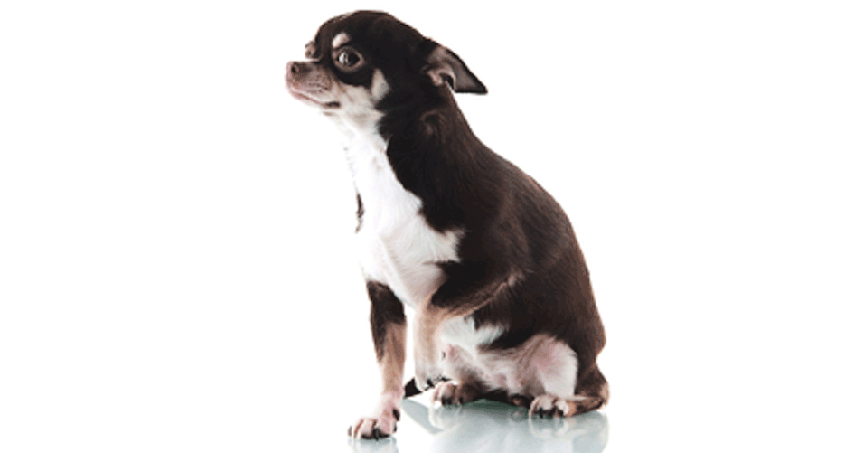
COOPERATIVE CARE: THE HOW AND THE WHY
Originally published in the Winter 2019 IAABC Journal. Full Article Here Cooperative care involves training an animal to not only tolerate handling and husbandry procedures, but to be an active, willing participant in these experiences. In this column, we highlight some useful behaviors to teach clients to facilitate cooperative care,…
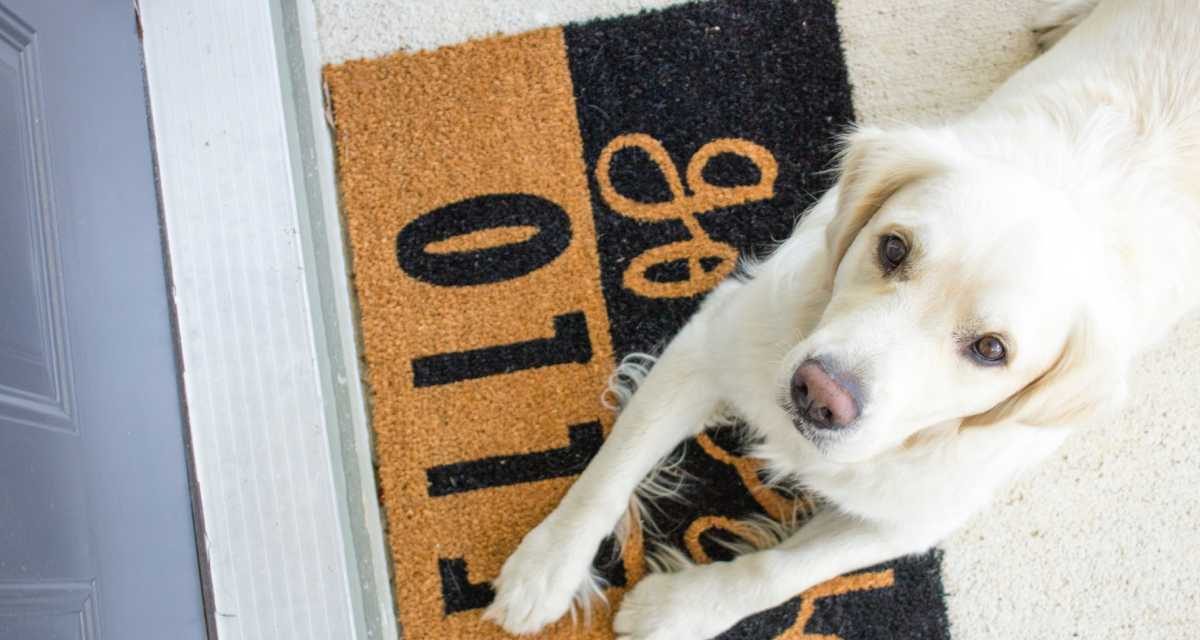
Danger at the Door
Originally featured in the Summer 2019 IAABC Journal. Click link for full article. Danger at the Door City life is not easy for all dogs. For the outgoing canine “extrovert” it’s a walk in the park — new friends and adventures around every corner. For the more reserved or fearful…
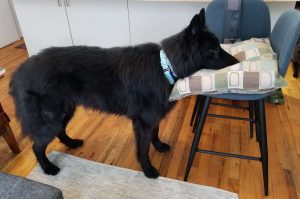
What is Cooperative Care?
Featured in the Fall 2018 IAABC journal. Click link to view full article. What is Cooperative Care? Cooperative care involves training an animal to not only tolerate handling and husbandry procedures, but to be an active, willing participant in these experiences. Cooperative care is quite common in zoos, where large…
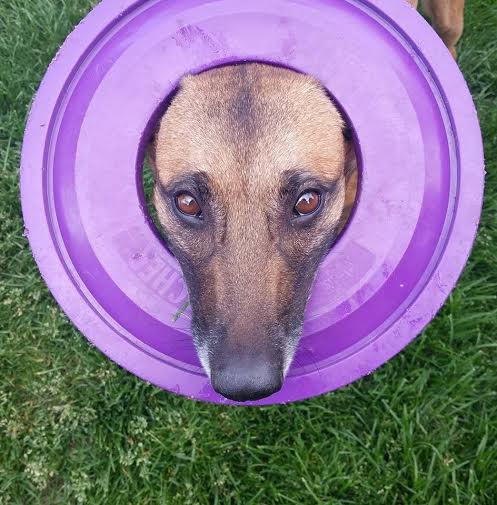
“The Clicker Thing” Really Works!
A few weeks ago I met with a client for a private lesson with her reactive Border Collie, Fred. We’ve been doing lessons for a while now. At that lesson she confessed that for several weeks she had been thinking “this clicker thing” (AKA engage/disengage game) was not going to…

When Medication May Be The Right Choice
Sarah Fulcher, CDBC I recently began working with a very lovely little dog named Lily, a female mixed breed dog who weighs about 25 lbs. She is very affectionate, intelligent and cute, however, she had a very rough start in life. Before she came to her new owners she spent most…

It’s Not Shark Week…
It’s Not Shark Week… Tips and Trick for Nippy Pups By Sarah Fulcher You’ve just brought home your new furry bundle of joy. Everything is going swell for the first week – you’re impressed at how sweet and calm your puppy is. Then, out of nowhere you have a…
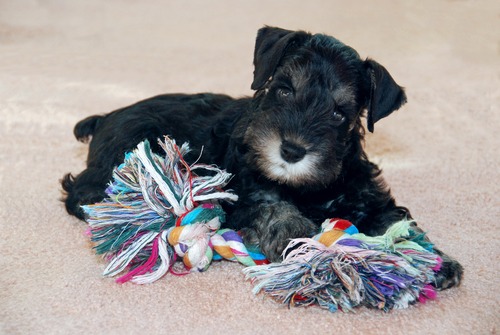
Training Drop It
Training Drop it By Sarah Fulcher, CDBC There are three ways I will commonly use to teach dogs to drop items. I don’t often use a clicker because my hands are full but will usually use a verbal “yes” marker at least. You can use a clicker or a verbal,…
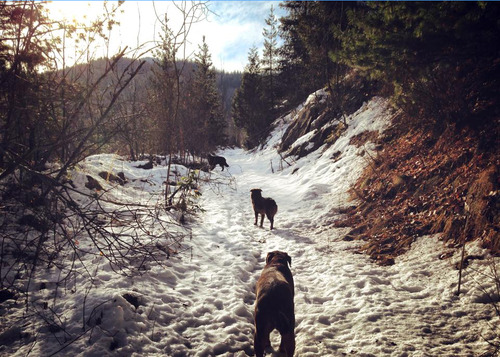
The Enlightened Dog Trainer
The Enlightened Dog Trainer By Sarah Fulcher, CDBC The enlightened dog trainer makes training fun. Instead of drudgery it becomes a game. They are connected, in tune, and invested in their canine partner. They are engaging, dynamic, using praise, movement, play, and other rewards to build desired behaviours. They know…

